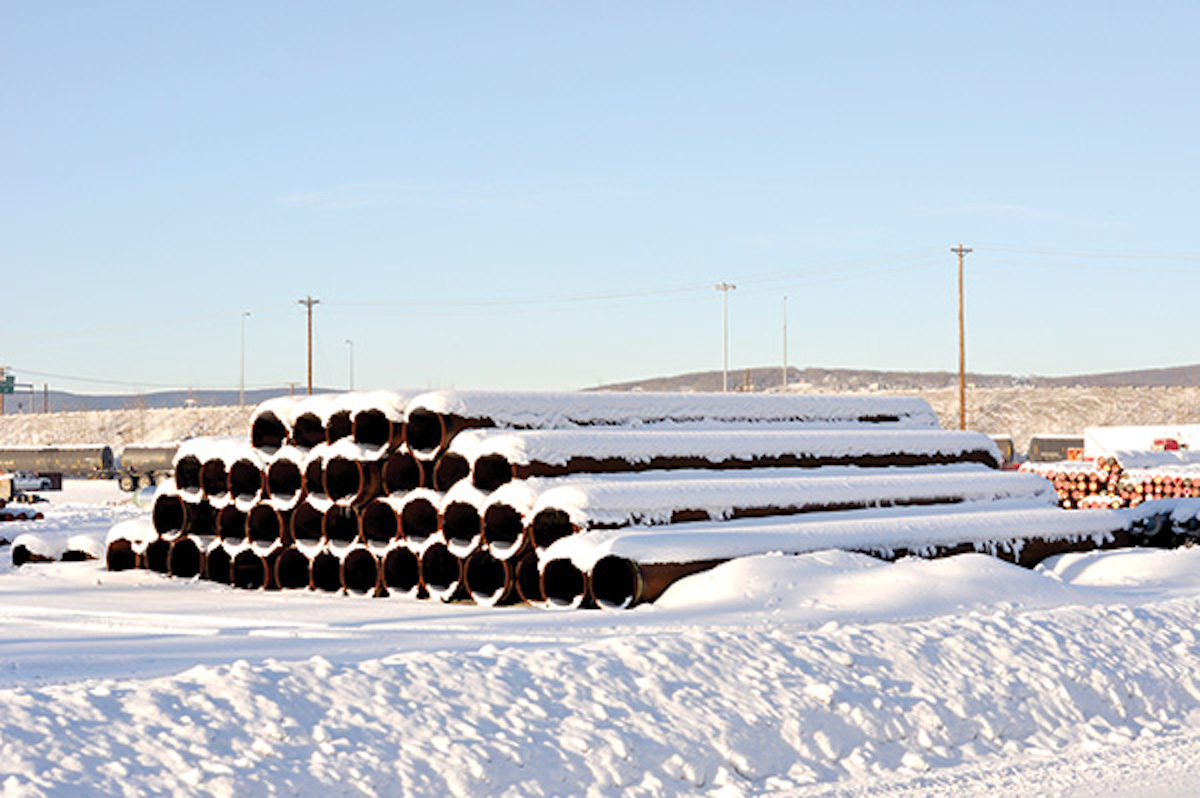Recent Cold Snap Led to Fourth-Largest U.S. Natural Gas Storage Withdrawal, EIA Says
(Reuters) — The United States saw the fourth-largest weekly withdrawal from natural gas storage during mid-January as colder-than-normal temperatures boosted consumption, the U.S. Energy Information Administration (EIA) said on Monday.
During the week ending January 24, 2025, stocks fell by 321 billion cubic feet (Bcf), which was nearly 70% more than the five-year (2020–24) average withdrawal for the same week in January, the EIA said.
With withdrawals in January totaling nearly 1,000 Bcf, U.S. natural gas inventories are now 4% below their previous five-year average after being 6% above the five-year average at the start of the 2024–25 heating season, which began in November, the agency said.
The EIA added that record low temperatures were seen in the U.S. Southeast and parts of Louisiana, Texas, and Florida received snowfall, while heating degree days reached 262 or 26% above normal, indicating higher heating demand.
Additionally, cold weather caused modest production declines due to freeze-offs at wellheads and gathering lines.
Related News
Related News

- Enbridge Plans 86-Mile Pipeline Expansion, Bringing 850 Workers to Northern B.C.
- Intensity, Rainbow Energy to Build 344-Mile Gas Pipeline Across North Dakota
- Strike Pioneers First-of-Its-Kind Pipe-in-Pipe Installation on Gulf Coast with Enbridge
- 208-Mile Mississippi-to-Alabama Gas Pipeline Moves Into FERC Review
- Court Ruling Allows MVP’s $500 Million Southgate Pipeline Extension to Proceed
- U.S. Pipeline Expansion to Add 99 Bcf/d, Mostly for LNG Export, Report Finds
- A Systematic Approach To Ensuring Pipeline Integrity
- 275-Mile Texas-to-Oklahoma Gas Pipeline Enters Open Season
- LNG Canada Start-Up Fails to Lift Gas Prices Amid Supply Glut
- Strike Pioneers First-of-Its-Kind Pipe-in-Pipe Installation on Gulf Coast with Enbridge





Comments